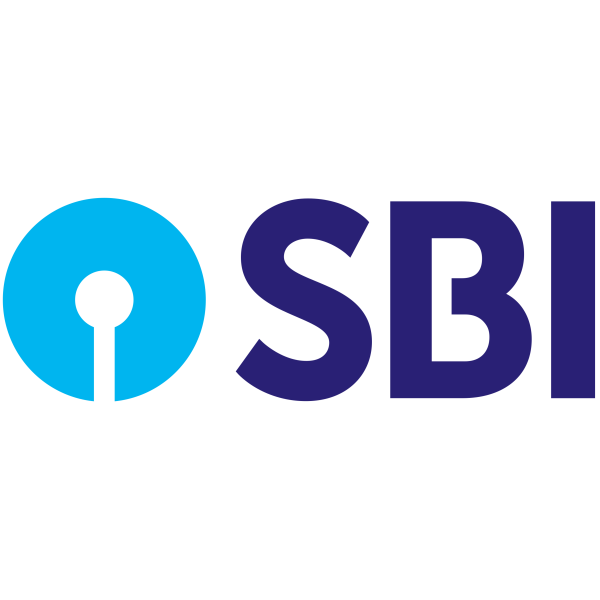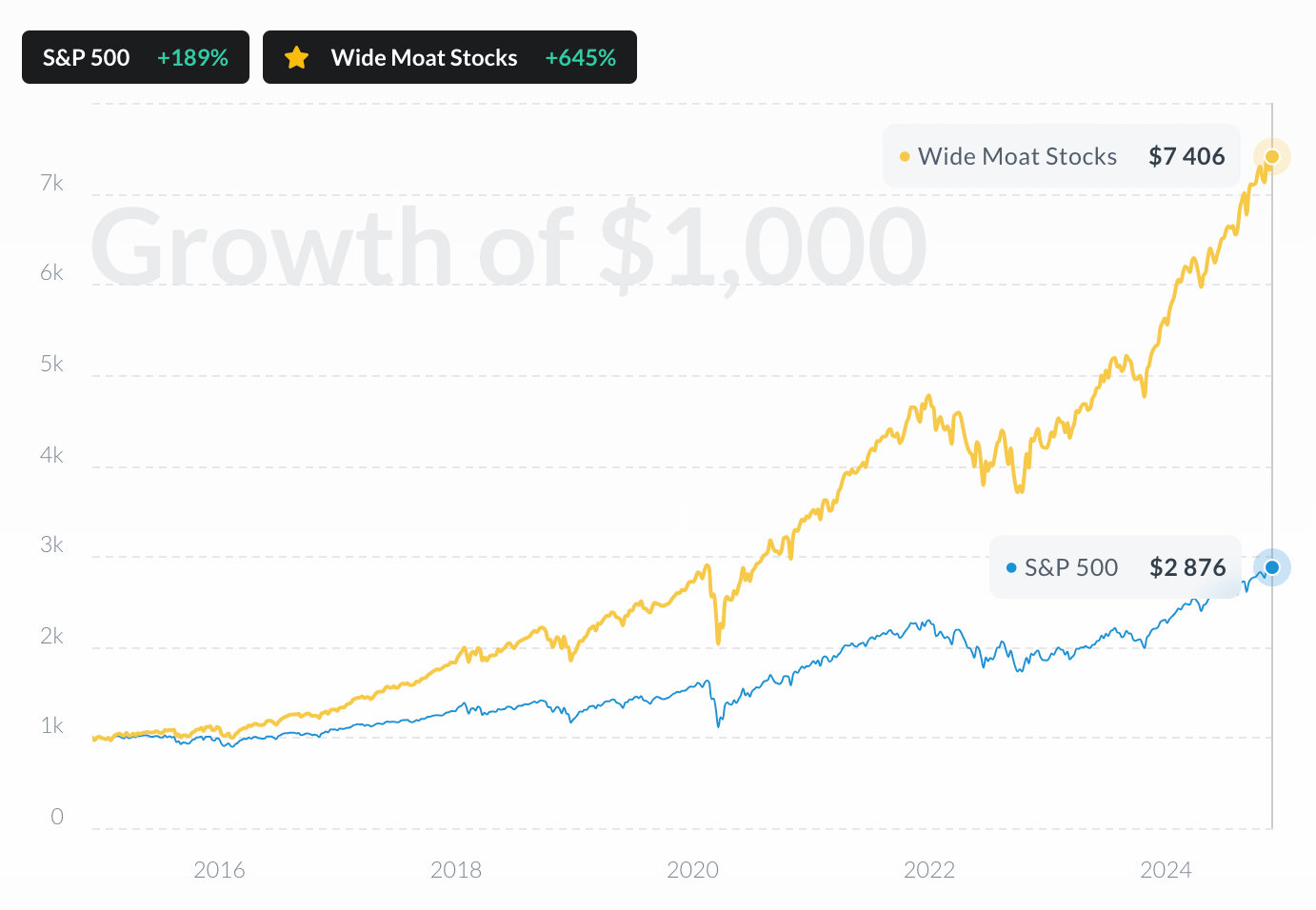 SBIN
vs
B
BSE Sensex 30
SBIN
vs
B
BSE Sensex 30
 SBIN
SBIN
Over the past 12 months, SBIN has outperformed BSE Sensex 30, delivering a return of +13% compared to the BSE Sensex 30's +5% growth.
Stocks Performance
SBIN vs BSE Sensex 30

Performance Gap
SBIN vs BSE Sensex 30

Performance By Year
SBIN vs BSE Sensex 30

Compare the stock's returns with its benchmark index and competitors. Gain insights into its relative performance over time.
State Bank of India
Glance View
Founded in 1806 as the Bank of Calcutta, the State Bank of India (SBI) traces its roots in the rich tapestry of India's financial history, evolving into a cornerstone of the Indian banking sector. This iconic institution, known for its legacy, merged with other banks to eventually transform into SBI in 1955. Commanding a formidable presence across the vast Indian subcontinent, SBI has consistently aligned its operations with the country's economic milieu, serving millions from metropolises to remote villages. The bank’s extensive network of branches, coupled with a robust suite of digital offerings, underscores its dual commitment to tradition and innovation. Through a comprehensive array of financial services, including retail banking, corporate banking, and wealth management, SBI caters to a wide-ranging customer base, facilitating personal loans, agricultural funding, and complex corporate financing. At the heart of SBI's profitability lies its ability to deftly navigate the financial ecosystem by leveraging a vast pool of deposits, primarily sourced from its extensive customer base. By deploying these funds into various lending opportunities, from mortgages and personal loans to expansive corporate projects, SBI garners interest income — the lifeblood of its revenue structure. Additionally, the bank capitalizes on fee-based services, offering everything from credit card facilities to insurance products and investment advisory services. With a keen eye on risk management and asset quality, SBI maintains financial health and resilience, enabling it to weather economic fluctuations and maintain a stable footing. In essence, SBI operates as a financial juggernaut, orchestrating a delicate balance of resource mobilization, strategic lending, and service expansion to fuel both its own growth and that of the Indian economy.






































